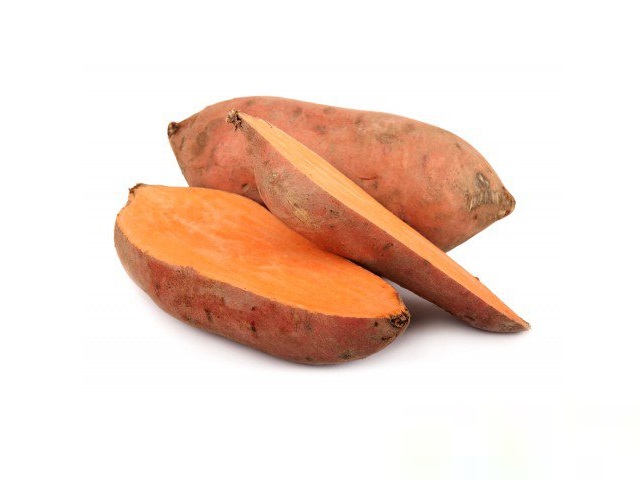Delicious and elegant, globe artichokes have been eaten as a vegetables since Roman times and known as an aid digestion since the 16th century. Artichokes are helpful for the gallbladder, liver and kindneys. Despite their shared name, Jerusalem artichokes are not botanically related.
Artichoke health benefits
Assists liver function.
Aids digestion and helps gallbladder problems.
Can lower cholesterol levels.
Can reduce fluid retention.
May help steady blood sugar levels.
Artichoke keynatural values
Per 250 g cooked large globe artichoke, weigbed whole
Kilocalories 20
Kjoules 85
Folate (mcg) 50
Iron (mg) 0,5
Niacin (mg) 1
>Potassium (mg) 330
Zinc (mg) 0,5
Artichoke therapeutic properties
Protects and supports liver and bile health. Artichokes are traditionally used in European pharmaceutical remedies to help the liver, the gallbaldder and digestion. Like other “bitter” vegetables, artichokes increase bile output, and in studies they relieved liver-related gallbladder or abdominal discomfort.
Can recude fat and cholesterol levels. In German studies (1975, 1980), artichoke extract substantially lowered volunteers’ blood fats and cholesterol. The reduction that can be achieved by eating artichoke itself has not yet been quantified.
Traditional diuretic. Eating artichokes increases the flow of urine, and can help to relivev fluid retention.
Helpful for diabetics. Traditionally, artichokes have been recommended for diabetics. They contain inulin, a form of starch that resists digestion, and may limit the rise in blood sugar levels after eating.
Artichoke how much to eat
Eat large or small lightly cooked aritchokes freely. Bottled or canned babby artichokes and artichoke hearts are a useful alternative to fresh.
Artichoke in the kitchen choosing & storing
Large varieties are best for eating leaf-by-leaf and making prepared hearts. Look for tender green heads without brown patches. The hairy “choke” between the head and leaves must be removed from large arichokes before eating. Store them, wrapped, in the fridge to slow moisture loss.
Artichoke cooking & eating
Small artichkoe heads can be eaten whole, cooked and very thinly sliced, with an oil dressing, or sautéed, and added to dishes such as risotto. To cook a large artichoke, boil in unsalted water for 35-40 minutes until a leaf comes away casily from the base. Artichoke leaves are eaten hot or cold, often dipped in a sauce.

















Hata!
Yorumunuz Çok Kısa, Yorum yapabilmek için en az En az 10 karakter gerekli